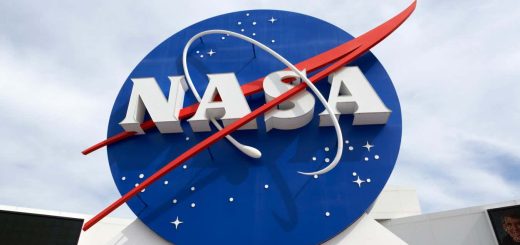What causes a total solar eclipse and how often do they occur?
Ahead of the total solar eclipse in North America, here is everything you need to know about solar and lunar eclipses
By Abigail Beall
28 February 2024
Eclipses happen due to an amazing cosmic coincidence that means the moon appears as large as the sun
Chancey Bush/Associated Press/Alamy
People travel thousands of miles to see eclipses. There is nothing quite like the darkness that descends and the excitement that ripples through the crowd. A total solar eclipse will soon grace the skies across parts of Central and North America, with some locations outside the path of totality able to see a partial eclipse of the sun. So now is as good a time as any to ask: what exactly is a solar eclipse?
When one celestial body is obscured from view by another body that moves in between, astronomers refer to the event as an “occultation”. Technically, total solar eclipses are occultations of the sun by the moon.
A total solar eclipse happens when the moon and sun line up perfectly, such that the moon moves in front of the sun and blocks out nearly all of its light. When viewed from the path of totality – the stretch of Earth that will see the total eclipse – the sun all but disappears. This part of an eclipse can last for up to 7.5 minutes. The 8 April eclipse will last 4 minutes and 27 seconds.
Advertisement
What causes a solar eclipse?
There are many kinds of solar eclipse, but each happens when the moon passes in front of the sun, blocking out some or all of its light as viewed from a specific part of the planet. By sheer cosmic coincidence, the moon and the sun appear the same size in the sky because the moon is about 400 times as small as the sun, but the sun is about 400 times as far away. When the two line up perfectly during the new moon lunar phase – when the moon sits between Earth and the sun – the moon can block out the entirety of the sun’s light. This is a total solar eclipse.
During an eclipse of the sun, the moon casts two shadows. The middle part of the shadow, where no light reaches, is called the umbra. The outer partial shadow is known as the penumbra; here, only light that has come from part of the sun’s disc can reach. During a total eclipse, the path of totality is the stretch of land within the umbra. On 8 April, this path will be 185 kilometres wide, stretching across North America from Mexico, through the US and Canada. But the path of totality can be as narrow as 150 kilometres. The penumbra covers a much greater area, and in those places viewers will be able to see a partial solar eclipse.
NASA Goddard Space Flight Center Conceptual Image Lab


